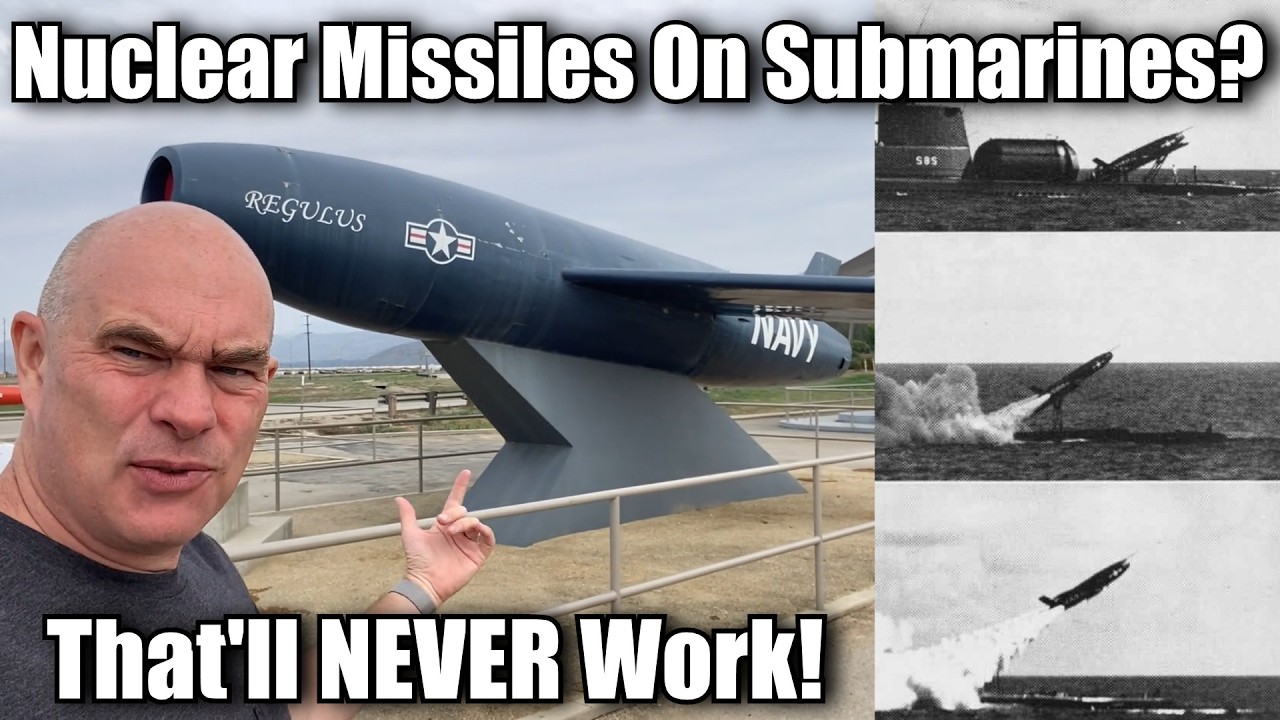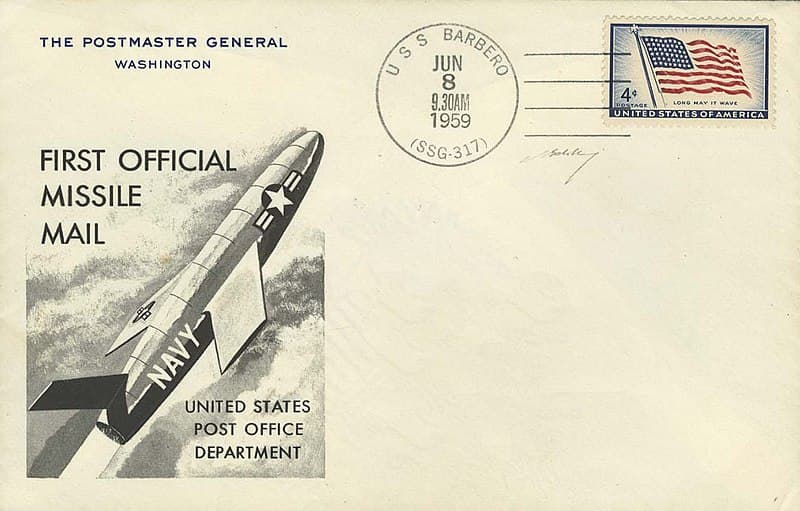With the Soviet Union’s acquisition of nuclear weapons following its first bomb test in 1949, the U.S. became concerned about the vulnerability of its own nuclear forces to a sneak bomber attack aimed at disarming any possible retaliation. While bomber bases and missile launch sites are fixed and easily located by espionage or curious “tourists”, naval platforms, especially submarines, are difficult to locate and target. Deploying stand-off weapons on these mobile assets would create a deterrent force difficult for an adversary to disable. Also, given that a substantial part of the Cold War was waged within the Pentagon between the U.S. military services, a a naval strategic nuclear weapon would get the Navy back into a game that had been increasingly dominated by the Air Force.
In an age when long range ballistic missiles used cryogenic liquid oxygen as oxidiser, the prospect of submarine deployment was, as they now say, “problematic”. Although the Navy was investigating launching the Jupiter medium range ballistic missile from submarines, many senior admirals including Hyman Rickover were dubious over the prospects of manufacturing and storing large quantities of liquid oxygen on board a submarine.
Instead, the Navy opted for an air-breathing, turbojet powered cruise missile, the SSM-N-8 Regulus, which used conventional kerosene jet fuel and could deliver a 1400 kg warhead up to 925 km from the launch location. The payload capacity was sufficient to deliver either the W5 fission bomb or the W27 thermonuclear warhead, the latter with a yield of 1.9 megatons.
The Regulus was stored in a watertight “hangar” attached to the deck of the submarine. To fire, the submarine would have to surface, open the hangar, install the missile on its launch rails and, after launch, remain surfaced (and hence visible and vulnerable to attack) to radar-guide the missile to its target. Since the guidance system had a range of only 417 km, longer range missions would require a second submarine or ship closer to the target to complete the mission.
All of this made the Regulus a less than ideal deterrent weapon, and once the solid fuel Polaris missile became available, Regulus was quickly retired and the missiles in inventory converted to target drones designated BQM-6C.
A Regulus missile has the distinction of having delivered the first and only missile mail for the U.S. Post Office.

